Specifications and Main Features
- Type: MKS-100 Roland digitale Schnittstelle
- Model: MKS-100
- Power Supply: Designated to the device; see nameplate for correct voltage rating
- Spatial angles: Not defined
- Weight: Not defined
- Memory: Integrated tinplate computer cache for accumulated sounds
- Banks: Four (A,B,C and D sample settings have four storage)
- Sampling / Recording Technique: A method where sound is taken in and translated over to a digital medium using the said method
- Quick disk compatibility: For saving sounds; the device can use 2.8 inch double sided quick disks
- Instantaneous Disk Performance: Dynamics, split mode, and the unit has the capability to hold two tones separately.
- MIDI Performance Characteristics: Contains MIDI mono and poly modes with 8 voices, 1-16 MIDI channels available.
- Display: LCS and an alpha dial to enable easier use of the unit.
- Memory Backup: Built in backup that restores previous data even if the unit is turned off (unit should change the unit every 5 years).
- External Ports: Midi in/out, audio outputs, and ports for microphones instruments.
- Controls: Several buttons on the unit that serve as performance function altering instrument parameters and editing.
- Specific functions bending the parameter of the instrument’s voice, adding a pitch changes, and creating arpeggios of the recordings.
- Dynamic range with touch parameter controls, filter and envelope controls available.
- Error messages and user manual for operation and use instructions.
Frequently Asked Questions
- What is the MKS-100?
MKS-100 is a digital sampler that captures sound, which when connects to an instrument allows playback.
- How many sound banks are provided within MKS-100?
MKS-100 provides MKS-100 with four identifiable sound banks, detailing A, B, C, and lastly, D.
- What types of disks are compatible with MKS-100?
Any sampled sound can be stored in a 2.8-inch double sided quick disk, as this is the format that MKS-100 supports.
- Is it possible to link MKS-100 with other MIDI instruments?
MKS-100 is indeed able to be connected to other MIDI devices via MIDI IN and MIDI OUT ports as it is a MIDI compatible instrument itself.
- What are the steps of the MKS-100 when sampling sounds?
The MKS-100 operates by digitizing audio signals and saving the resultant signal levels into digital memory.
- Does MKS-100 device include a feature that will save any data I stored?
MKS-100 consists of a memory backup which is considerably efficient as it saves every stored data even if it is turned off.
- What is the average duration for the back up battery?
Every five years is deemed appropriate for the backup battery to be replaced.
- Will I be able to alter the sampled sounds?
Altering of the sampled sounds while taking advantage of all of the different parameters and controls the MKS-100 device provides is indeed an option.
User Manual
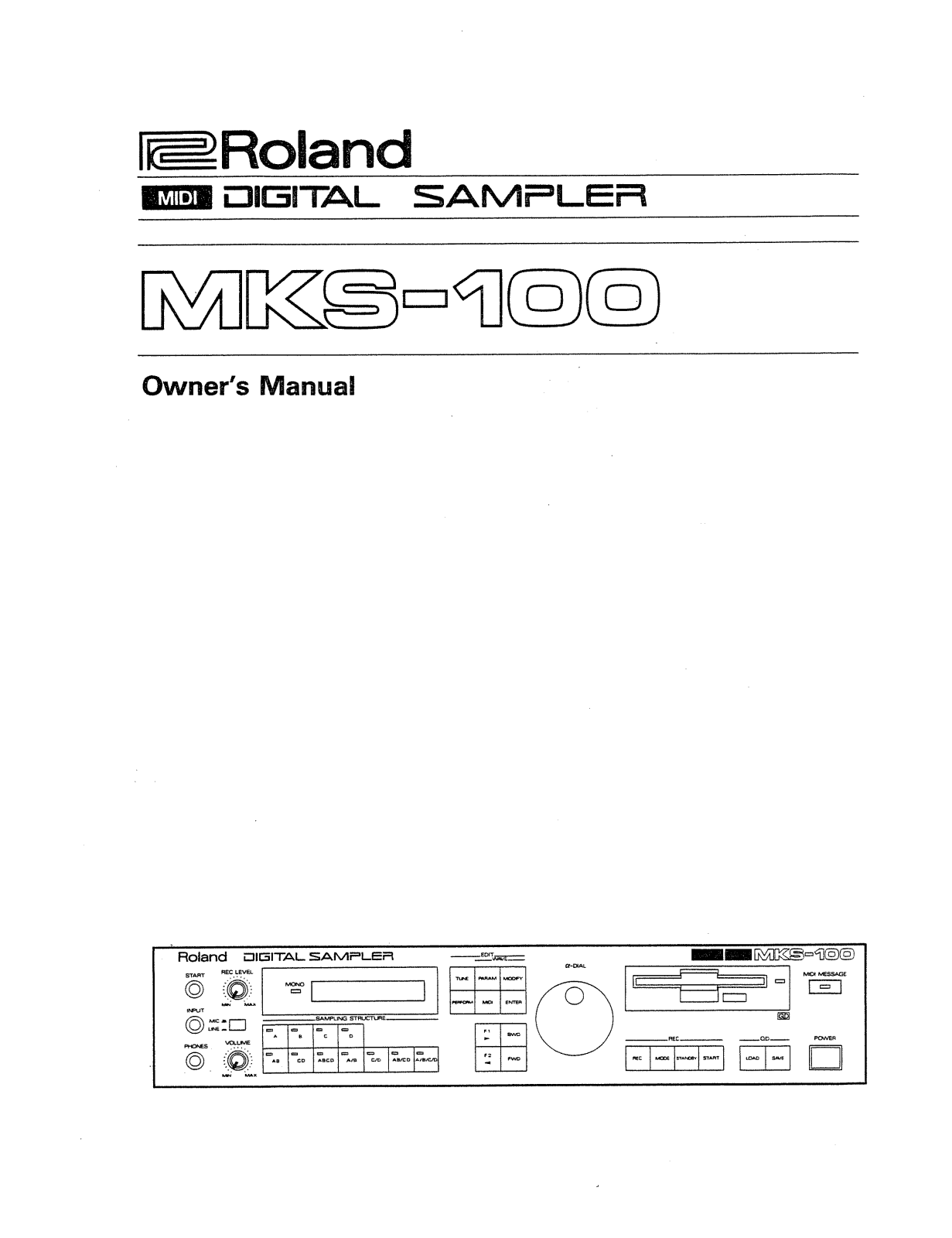
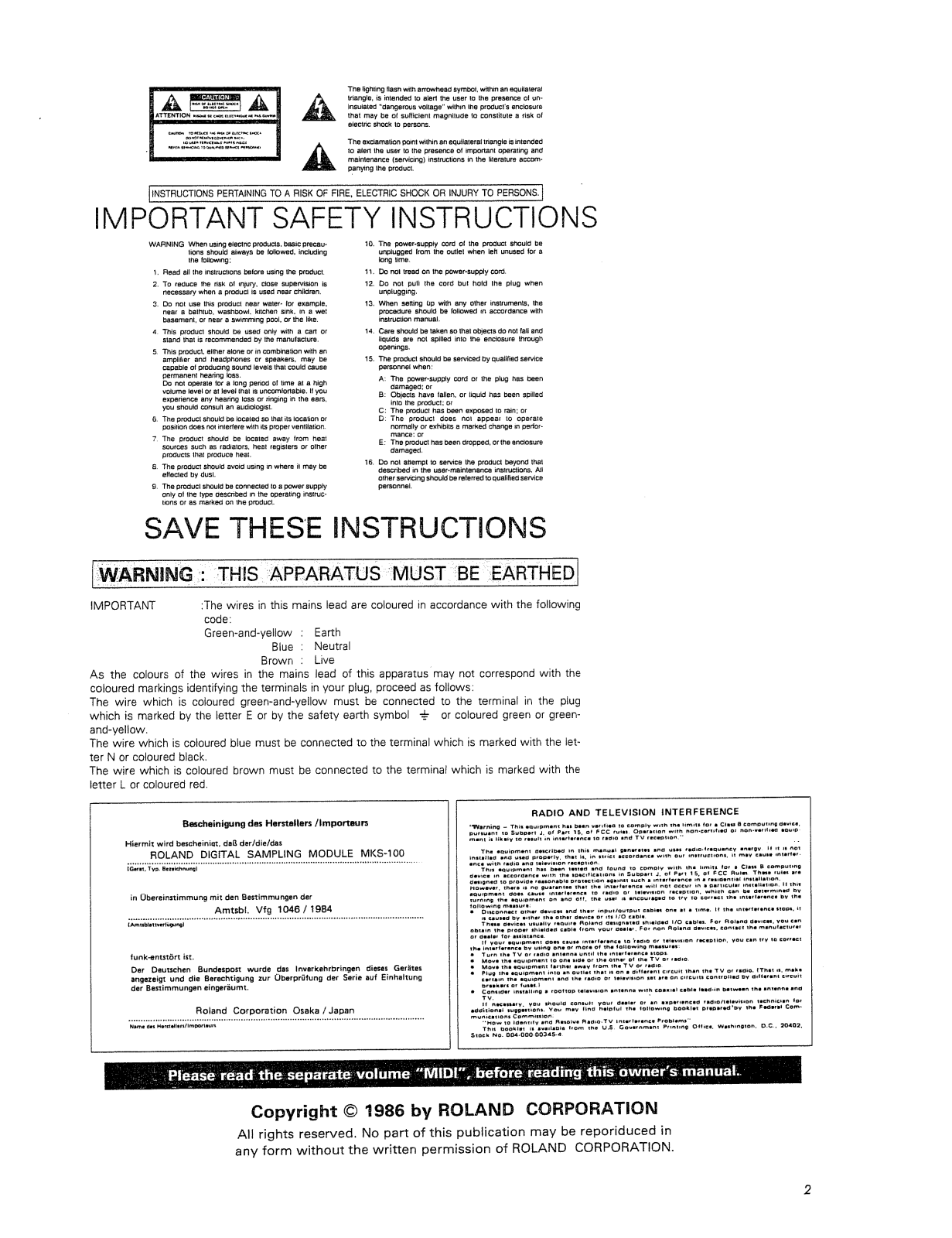
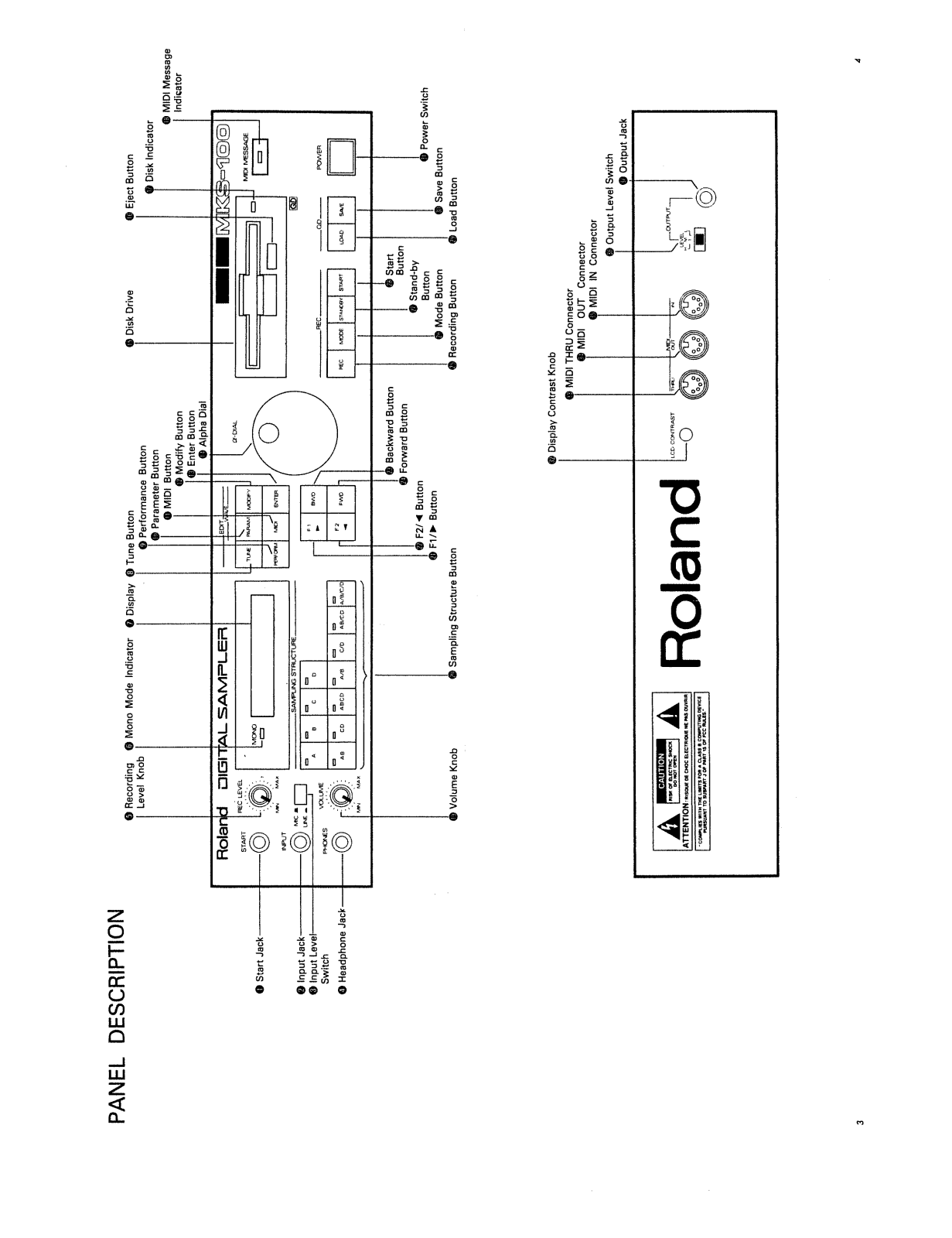

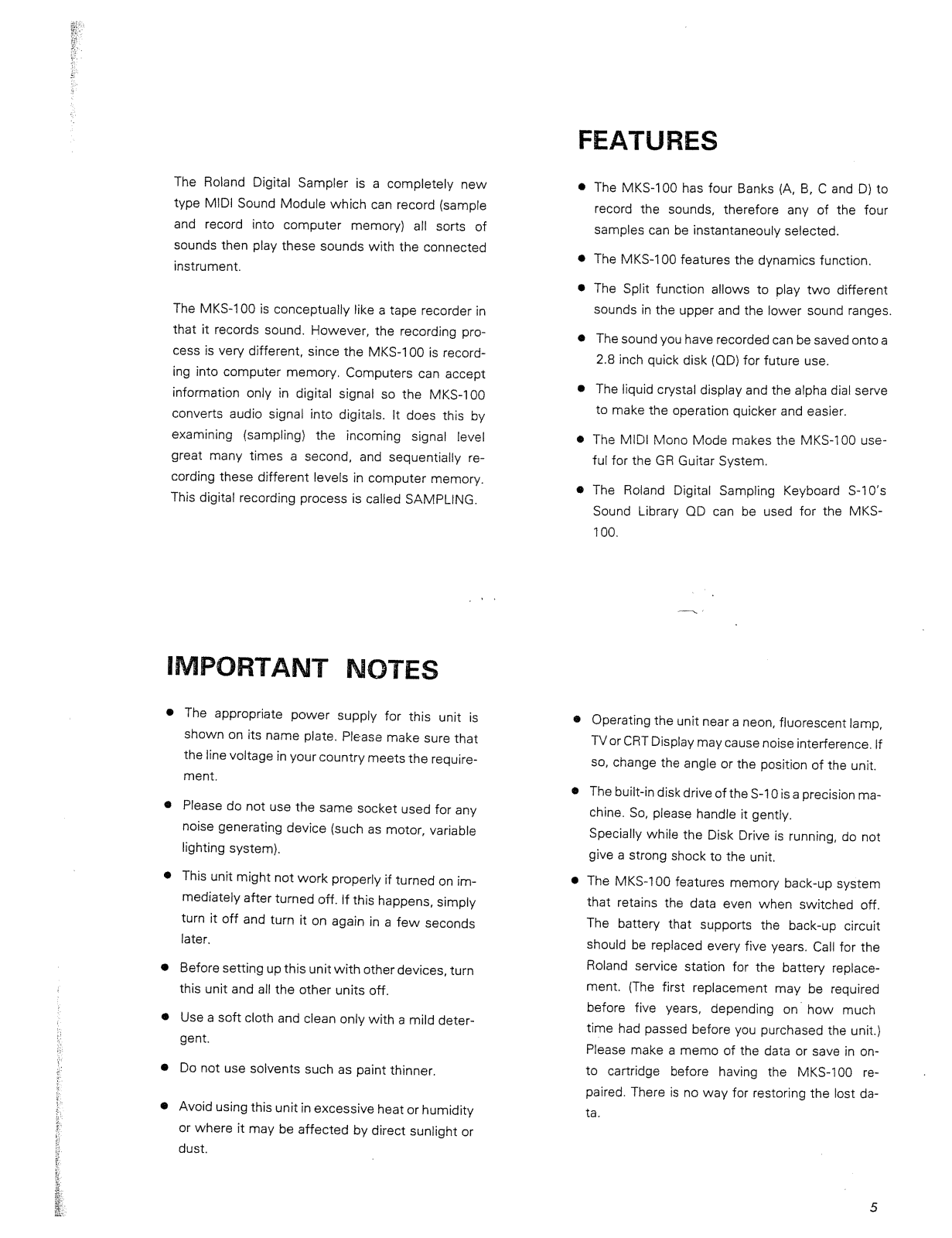
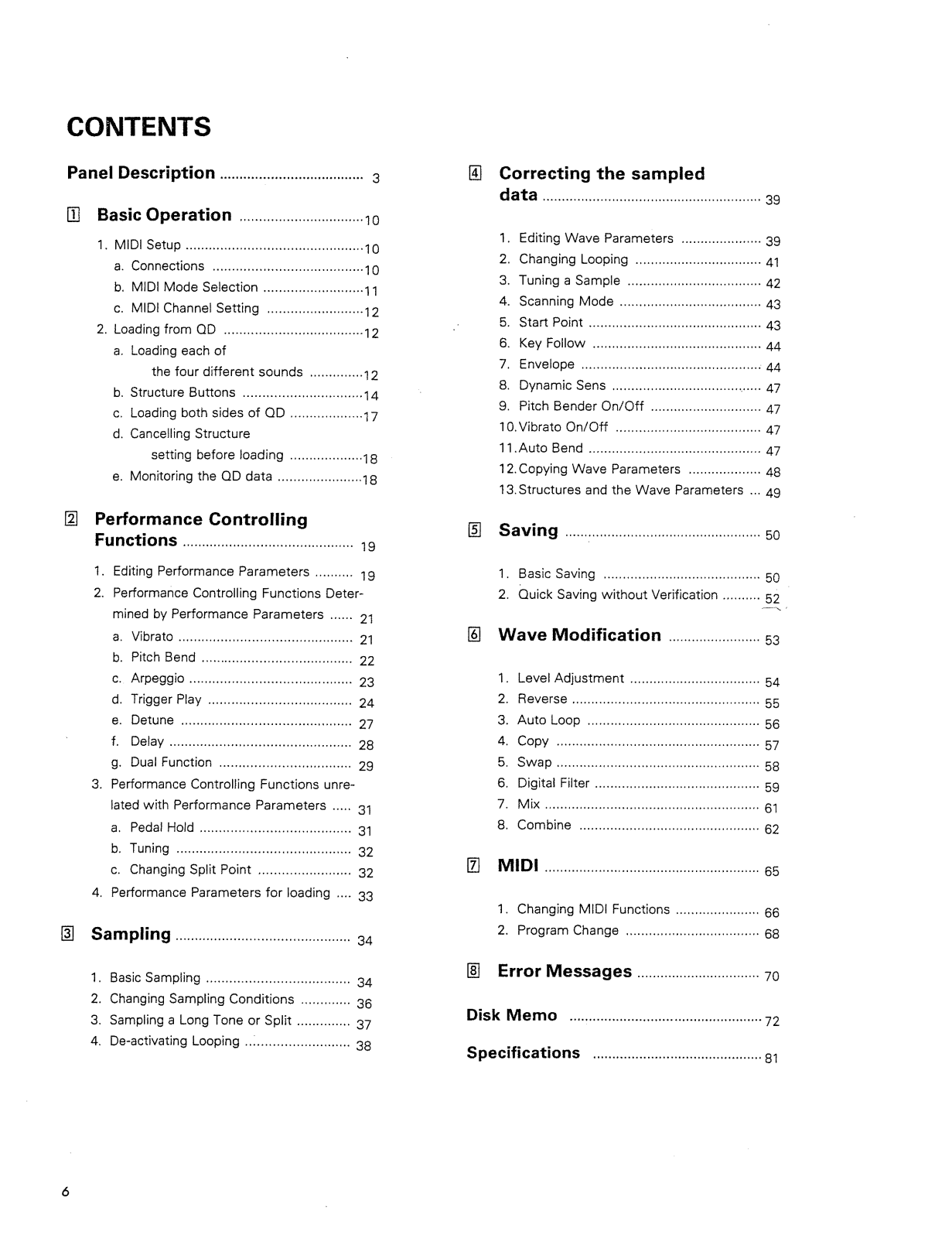
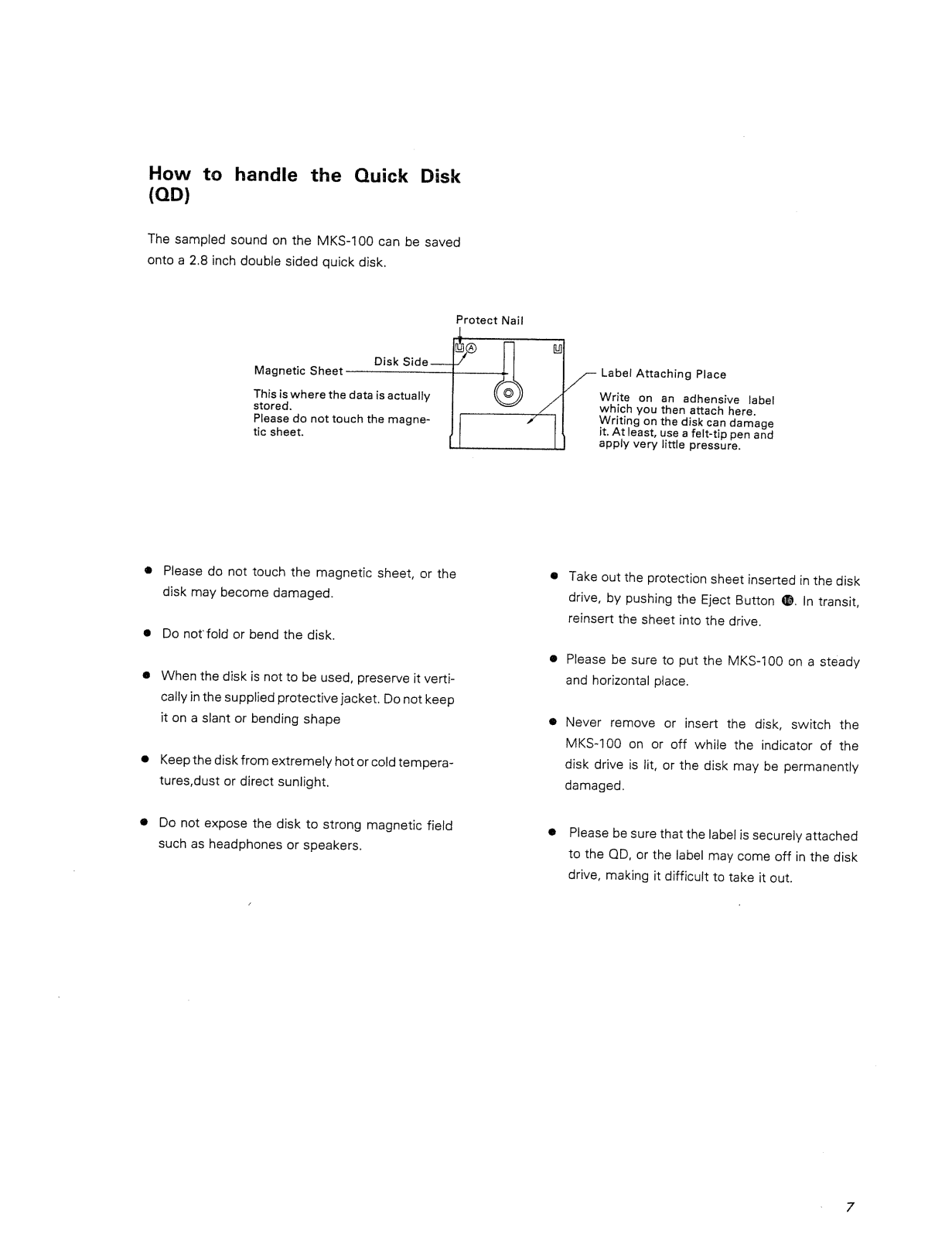
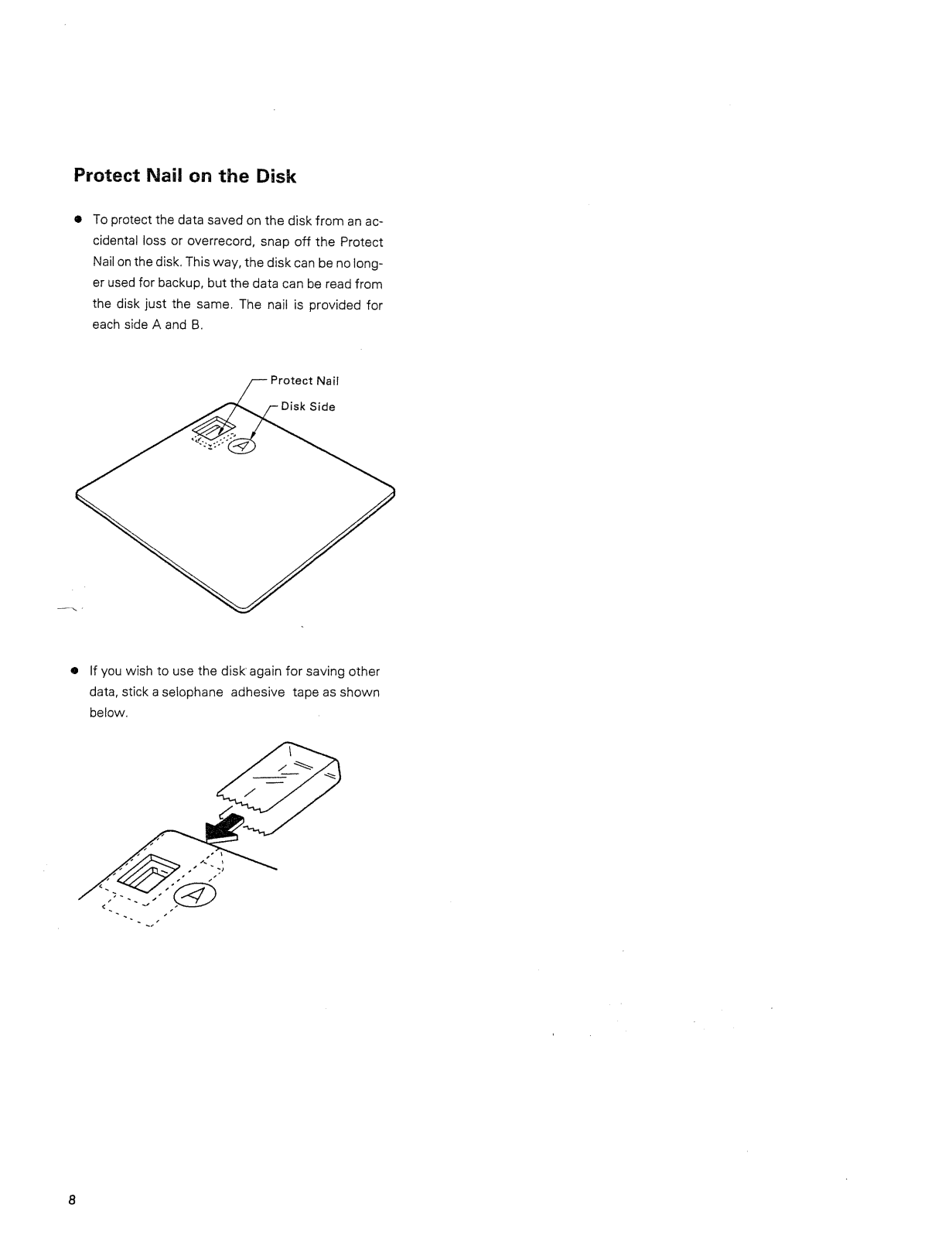
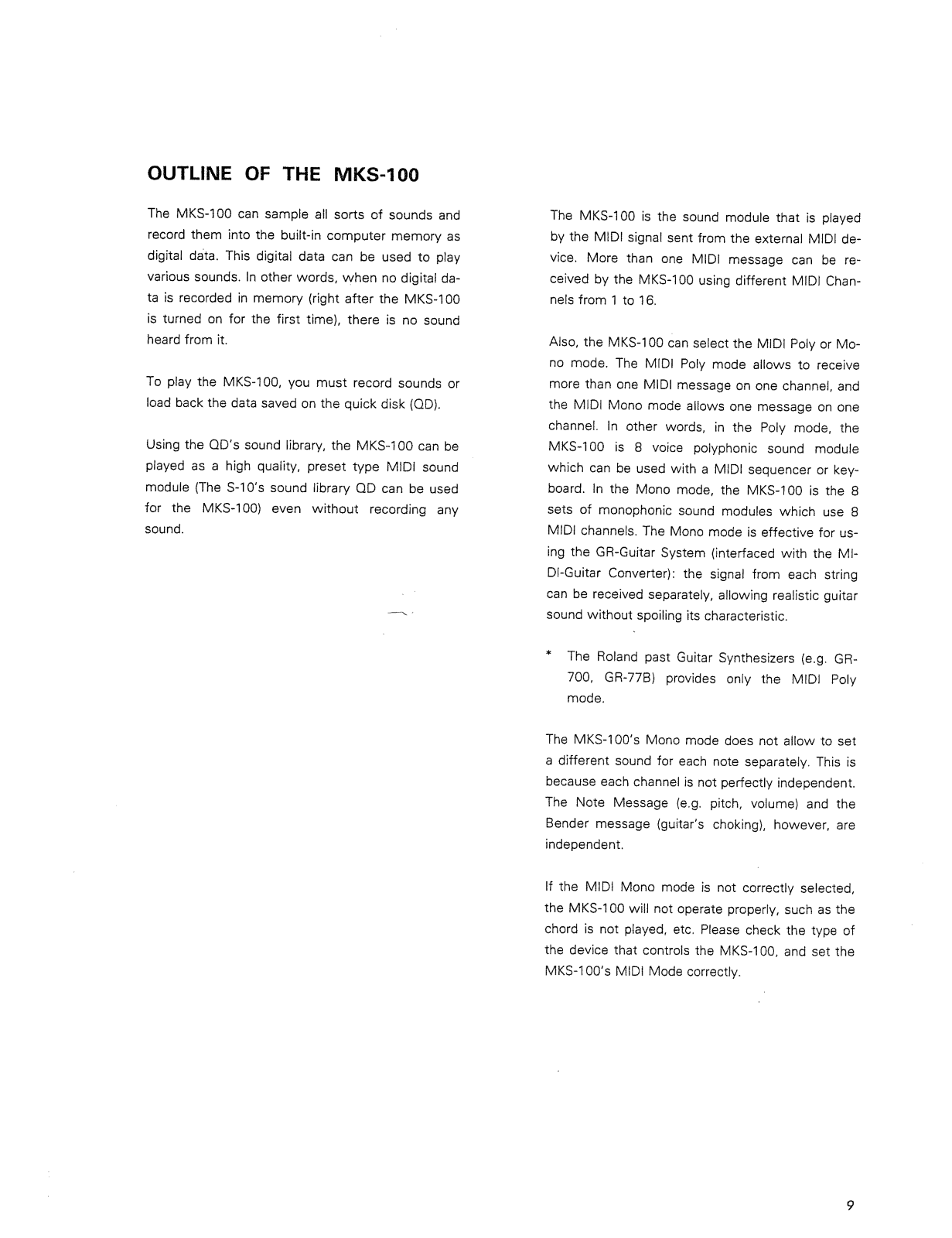
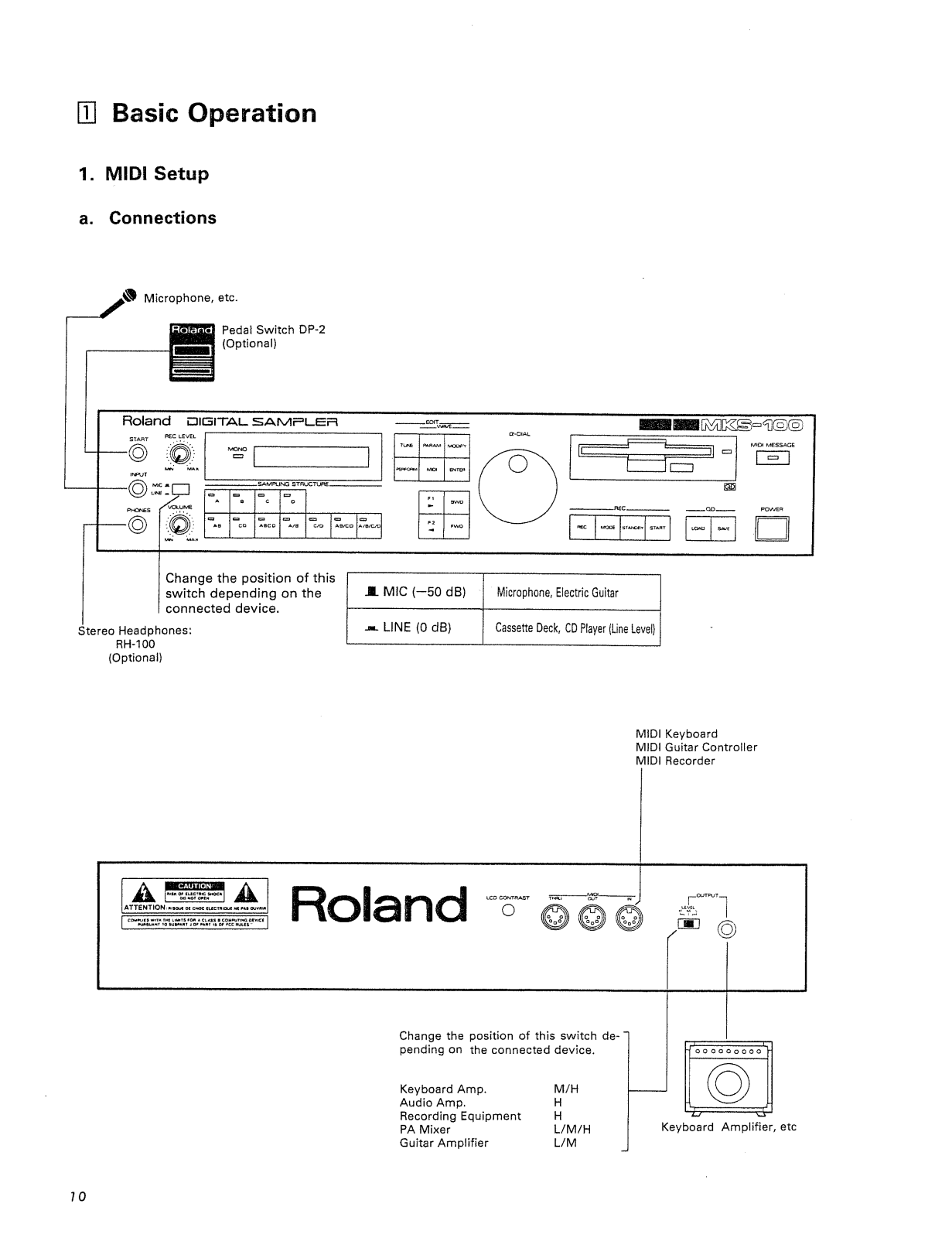
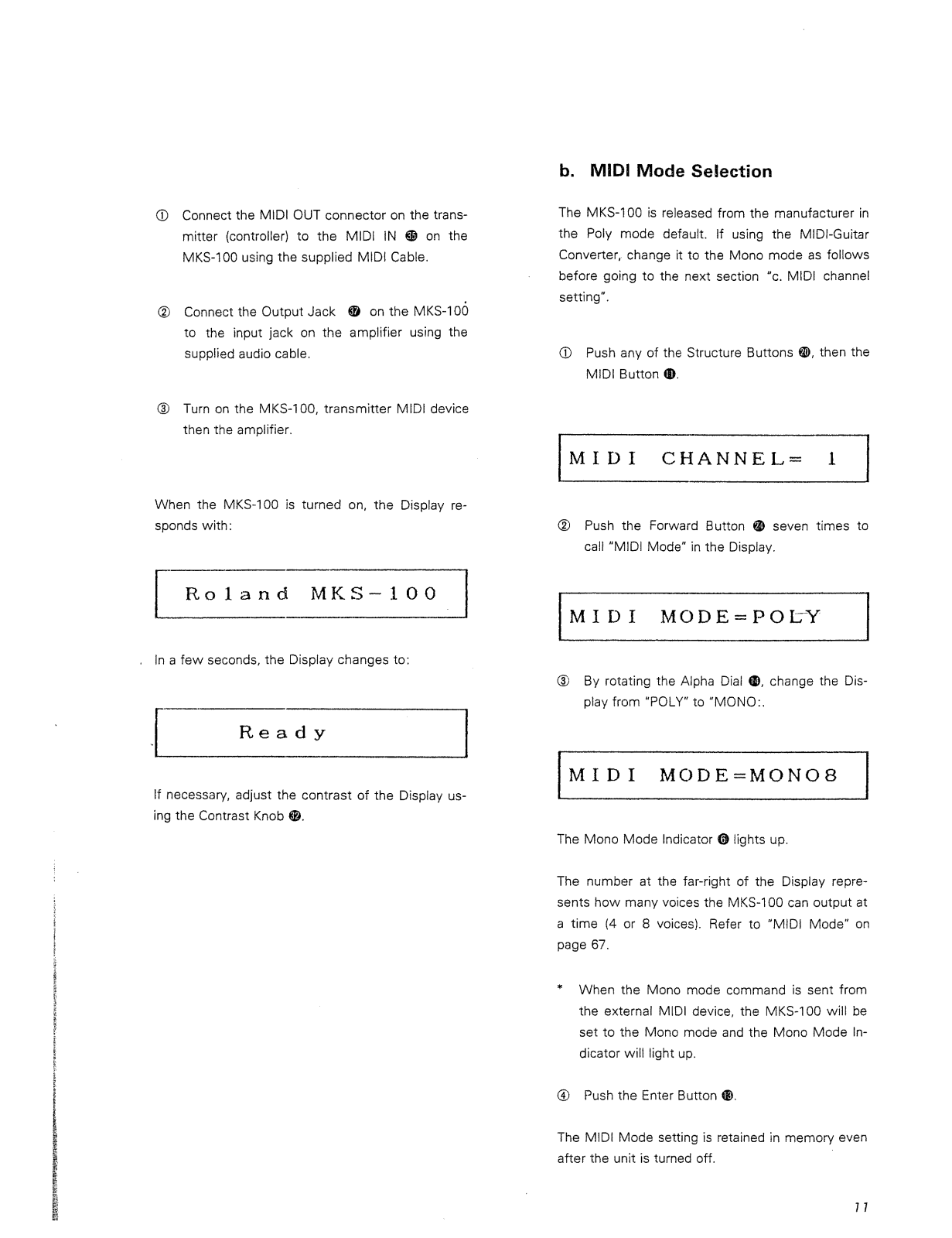
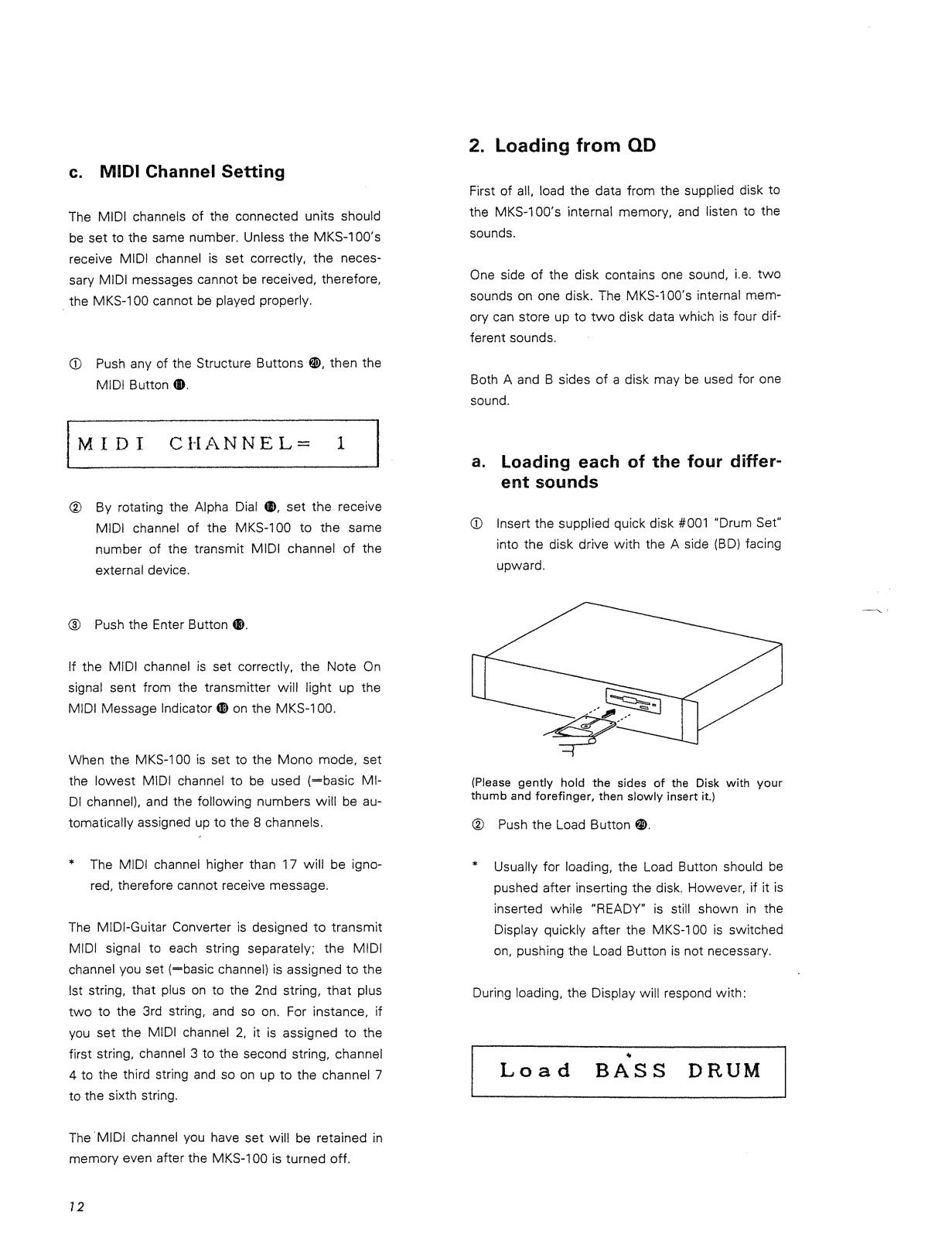
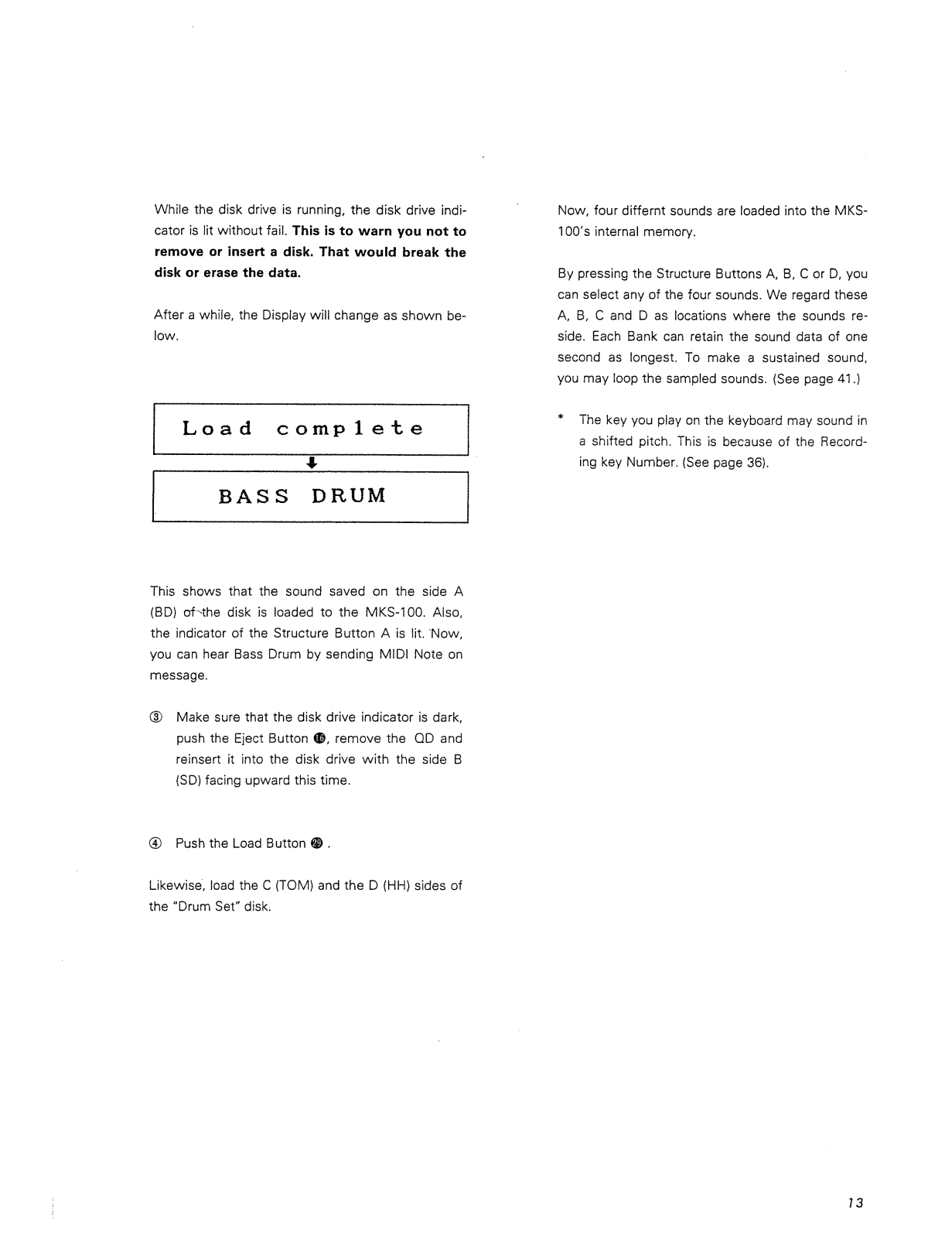
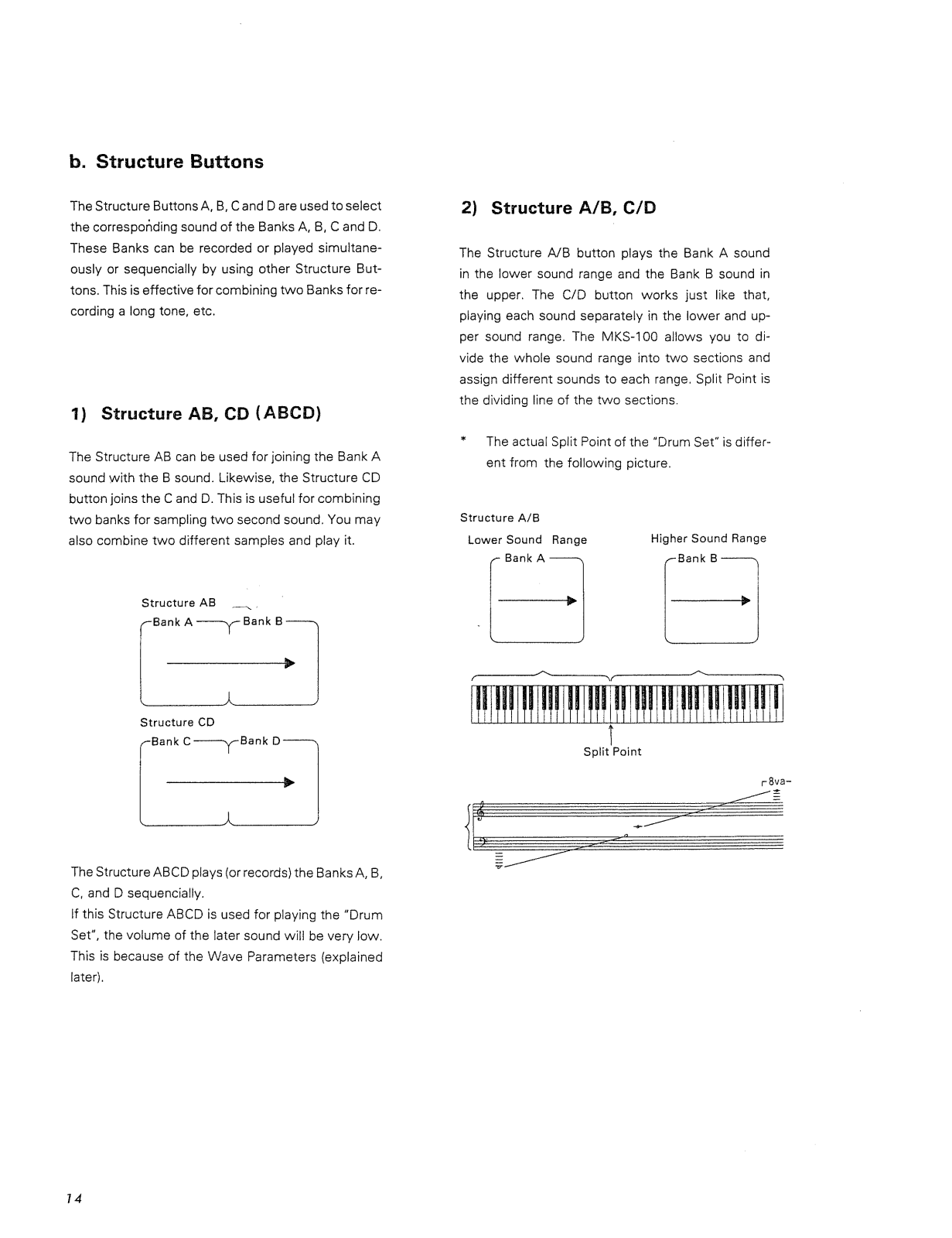
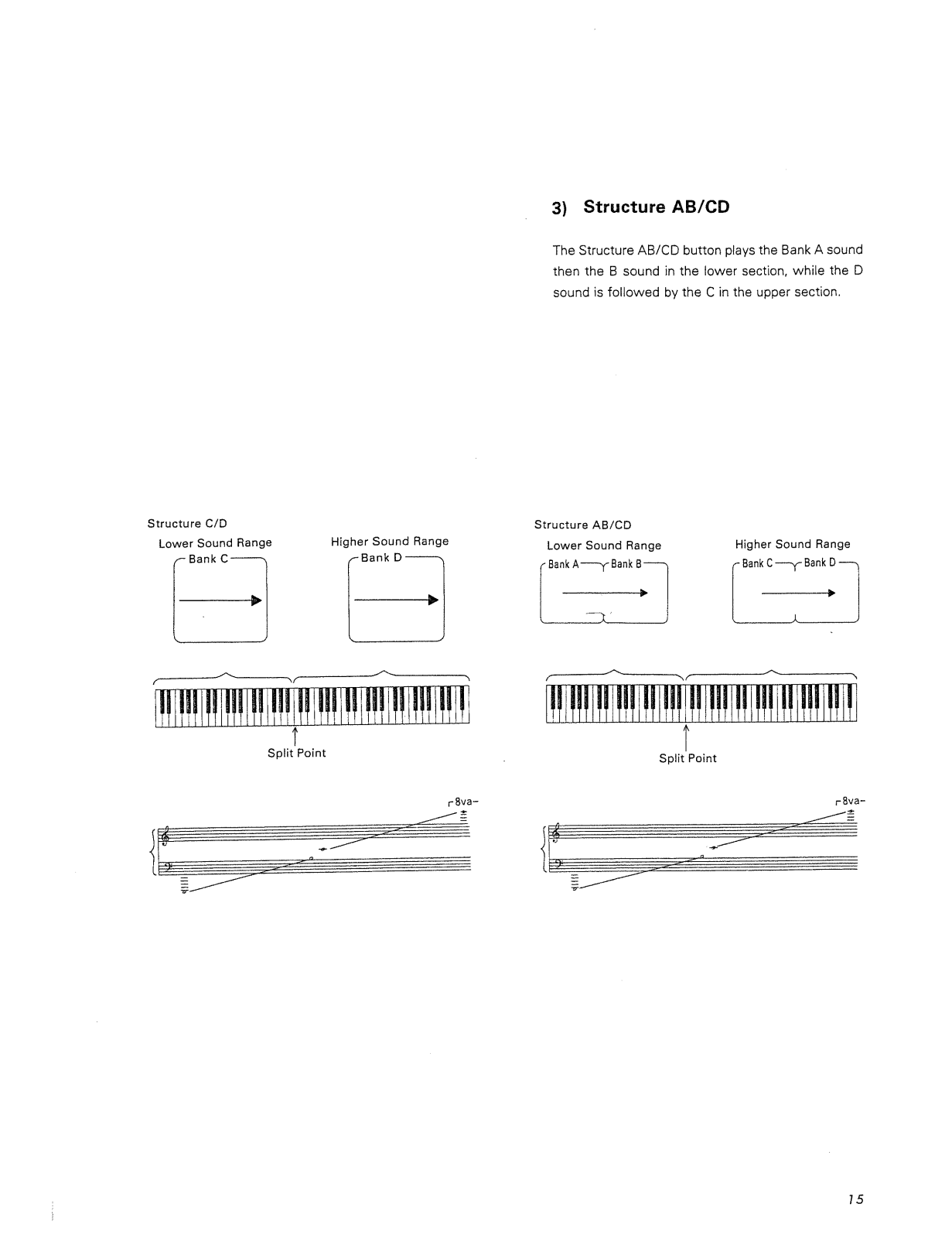
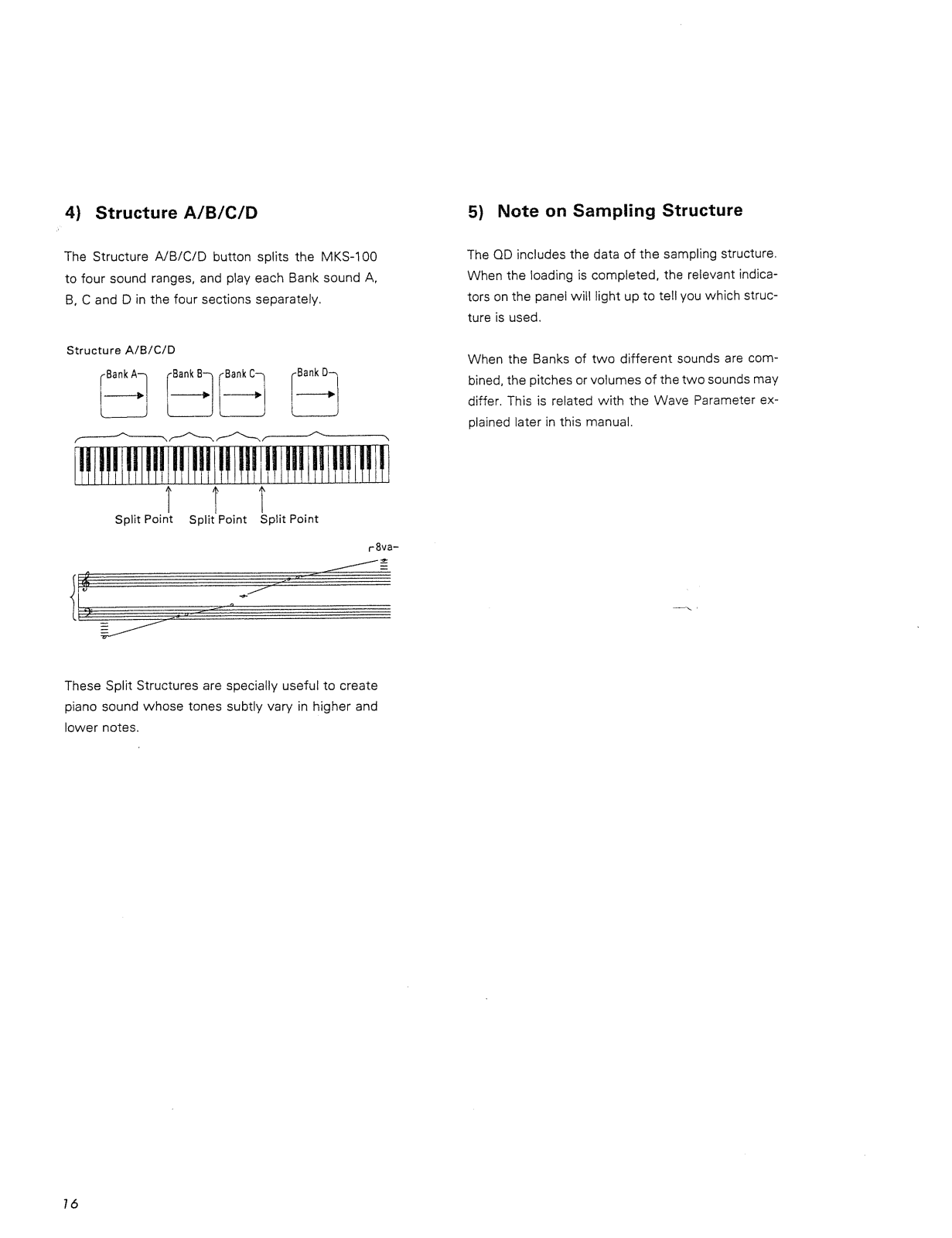
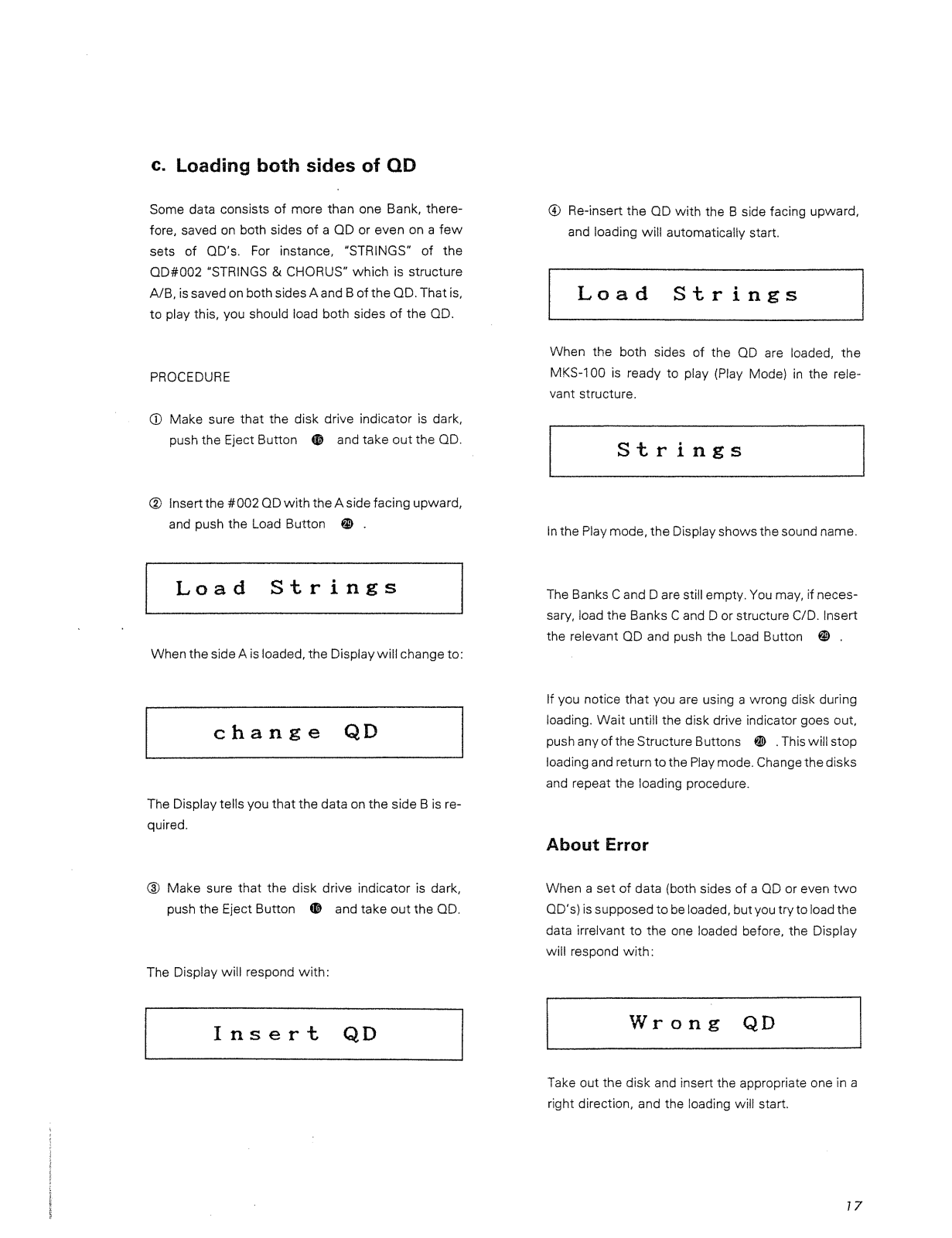
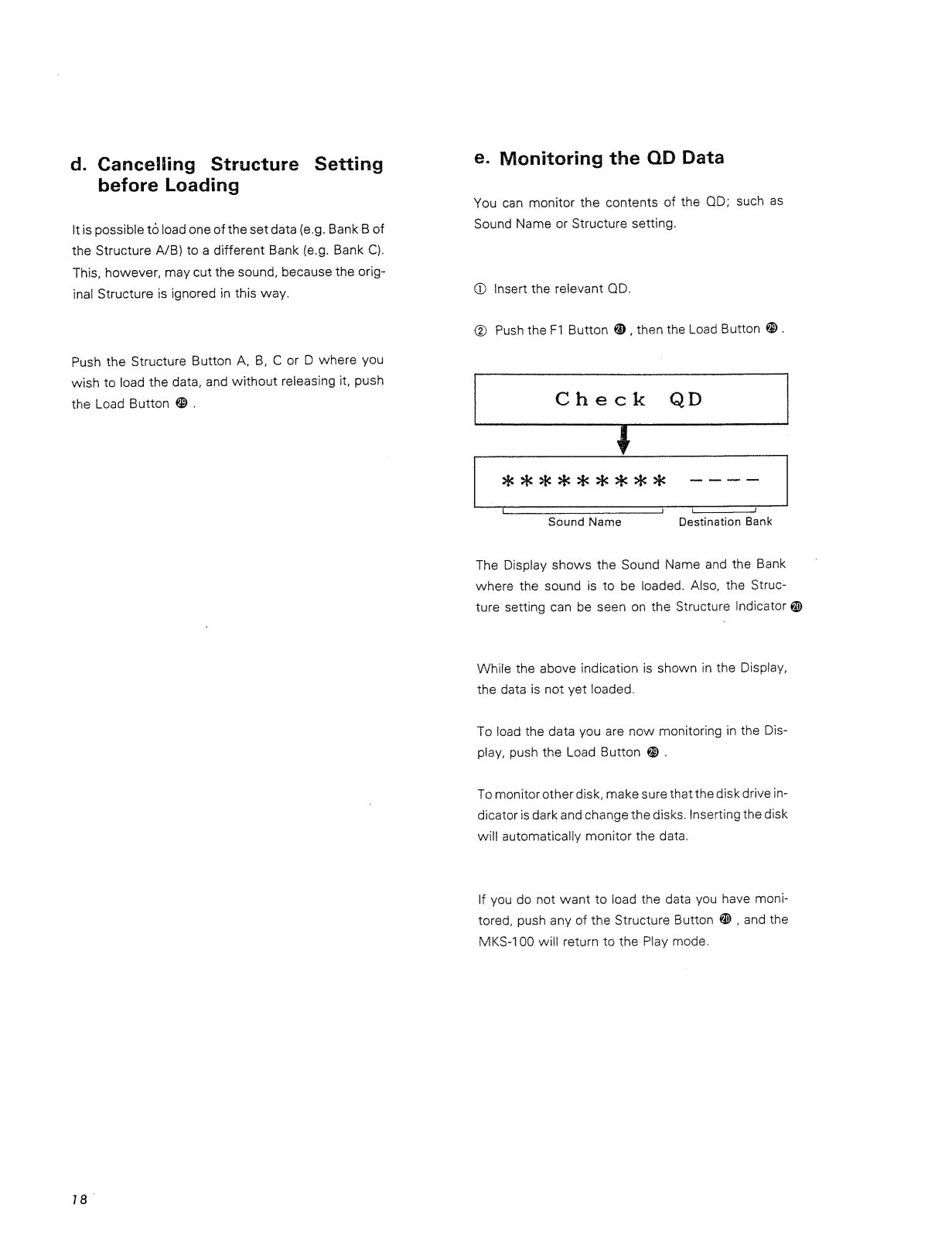
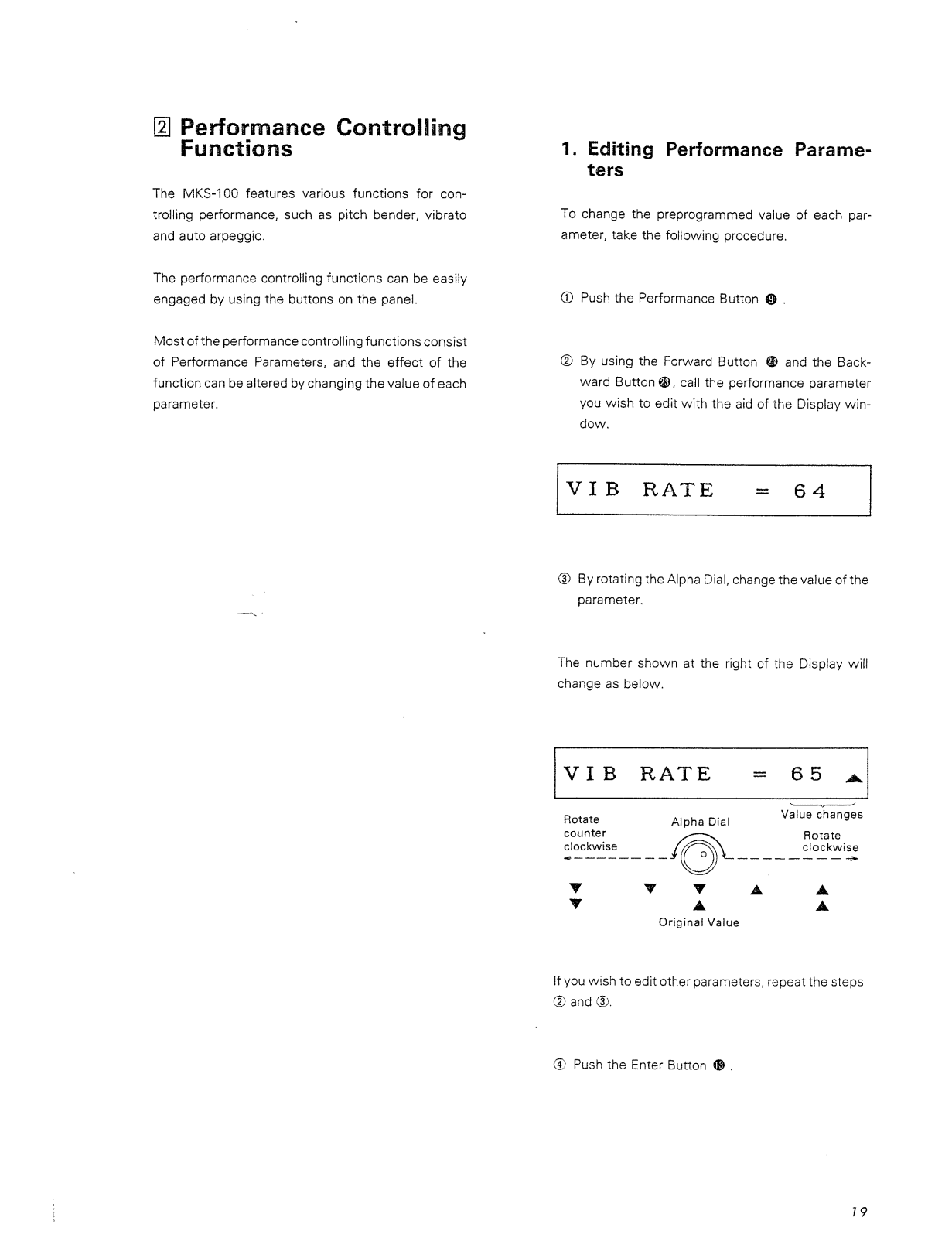
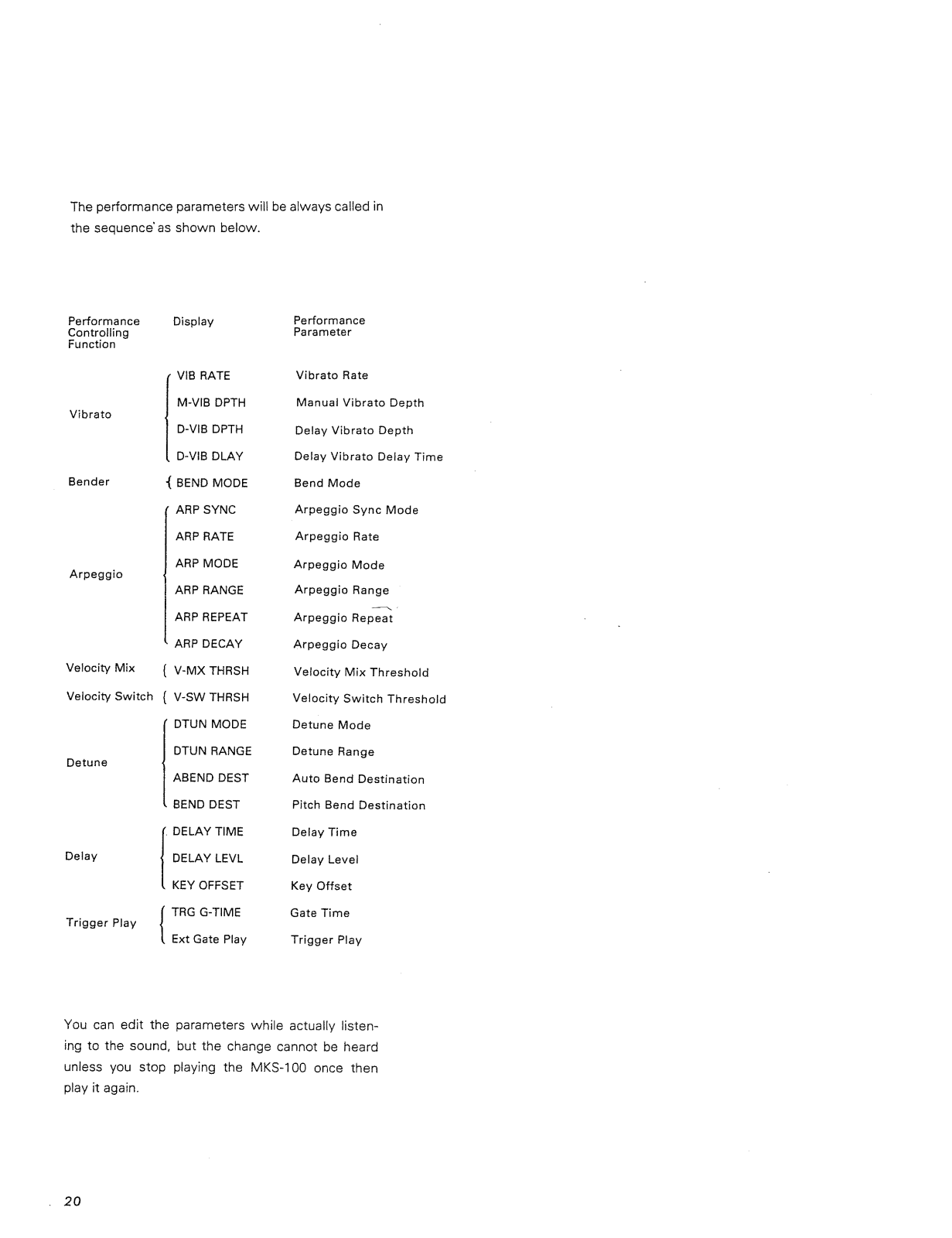
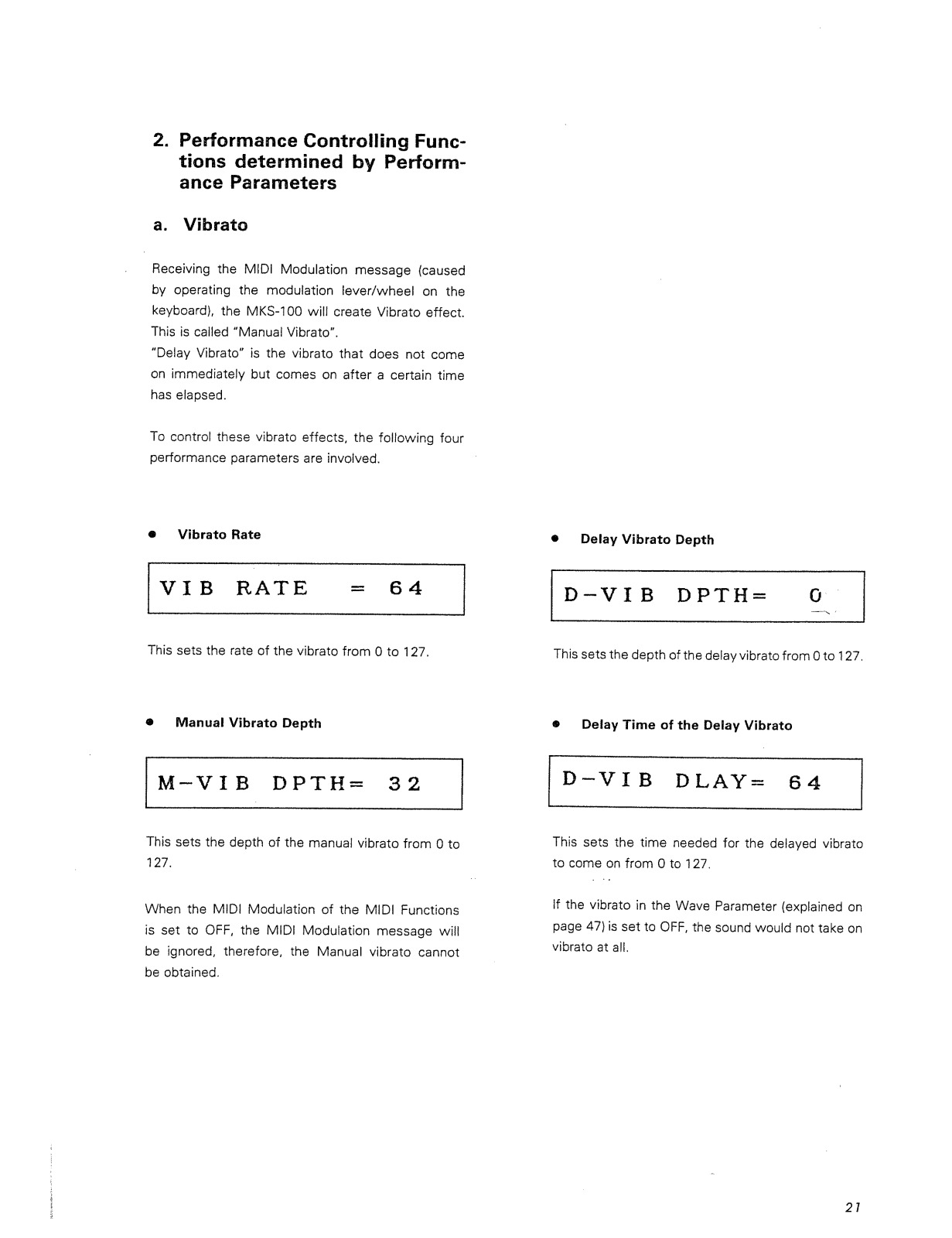
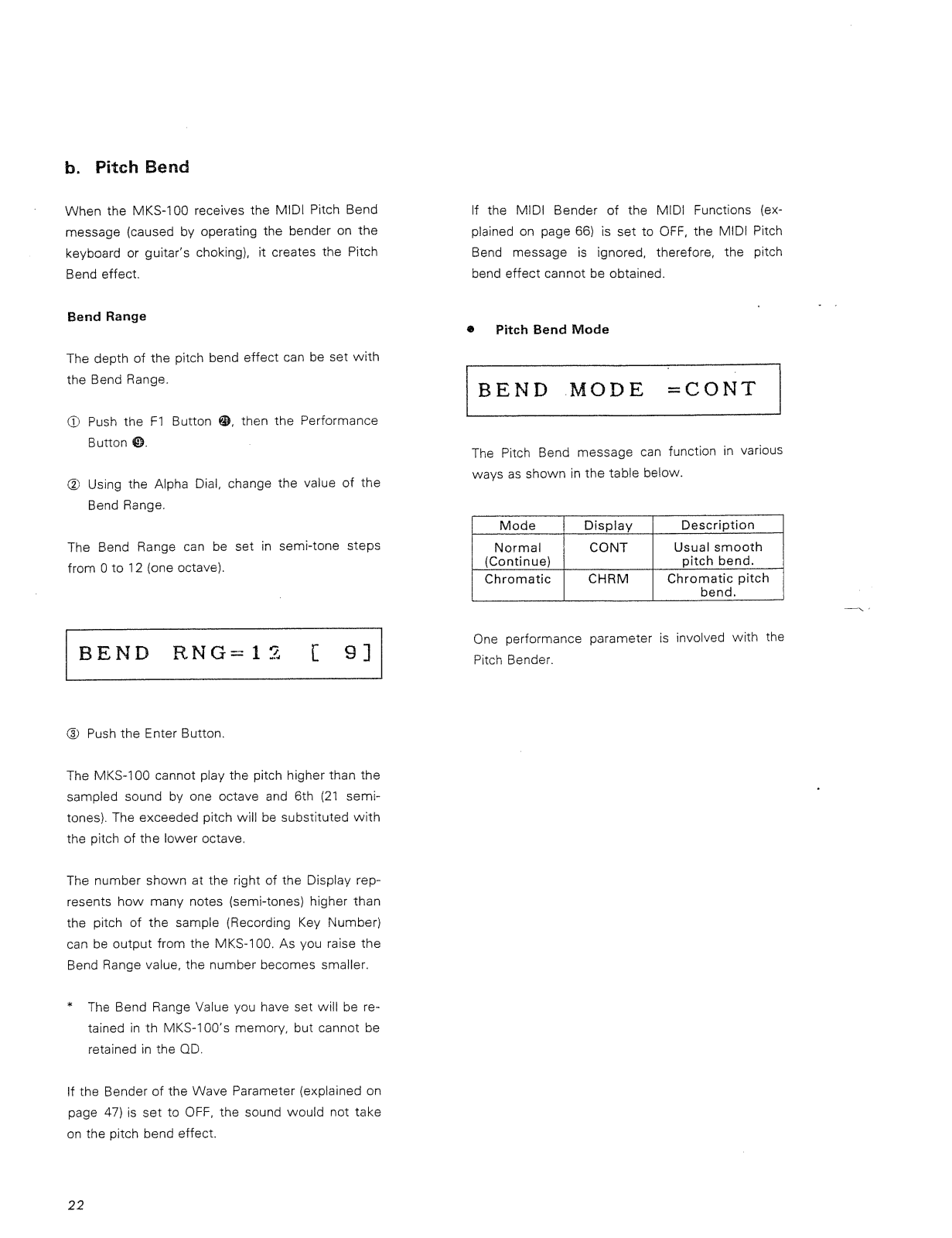
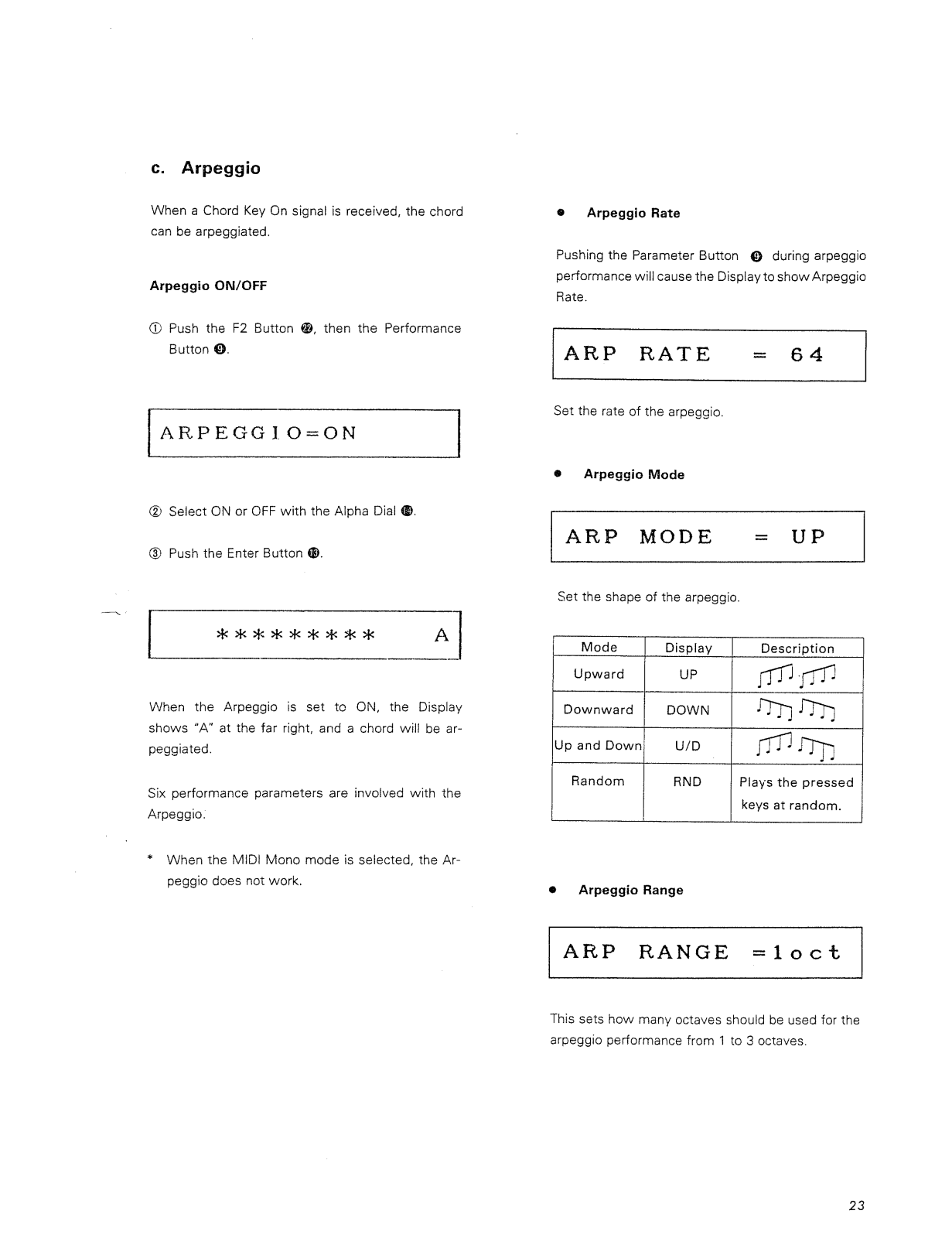
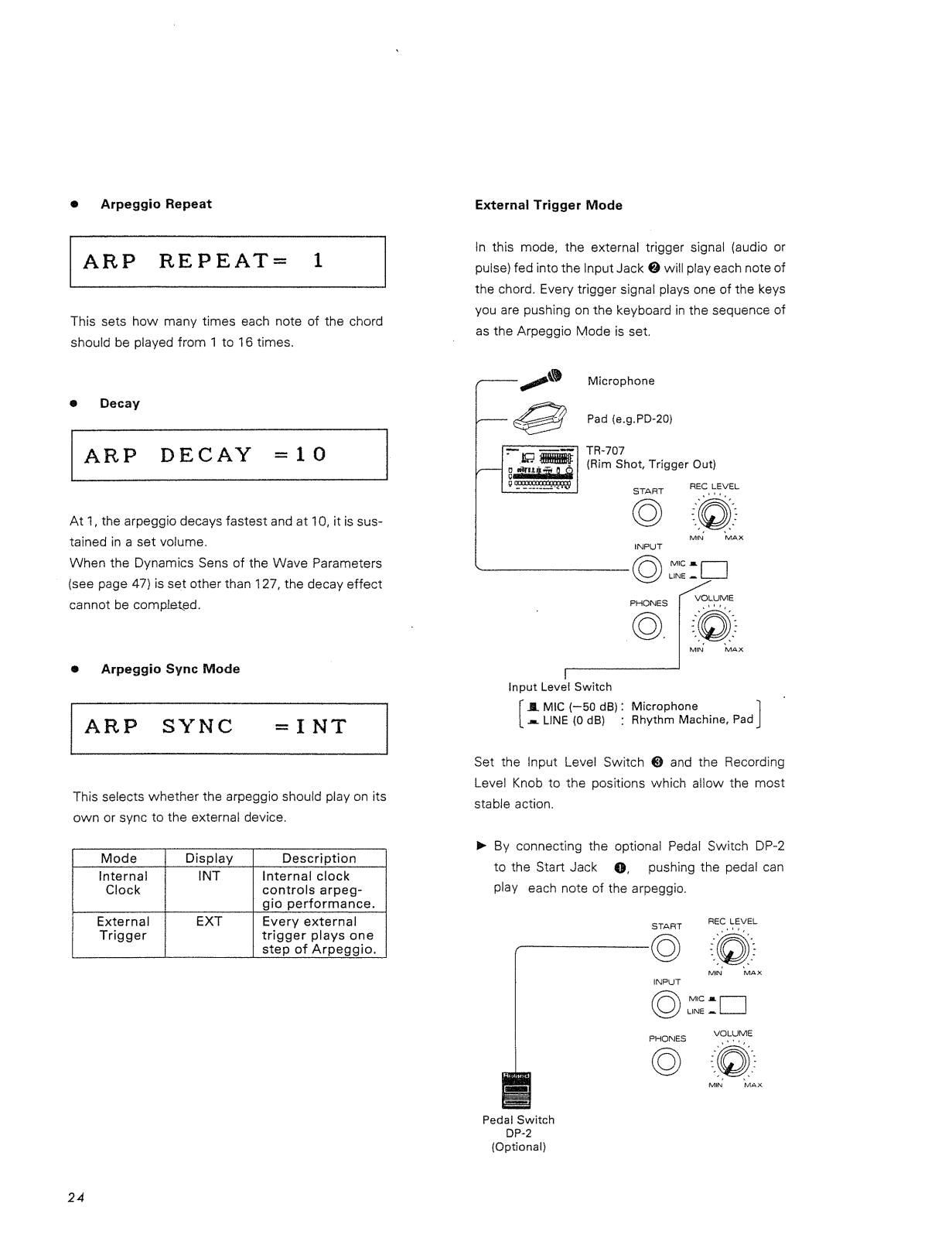
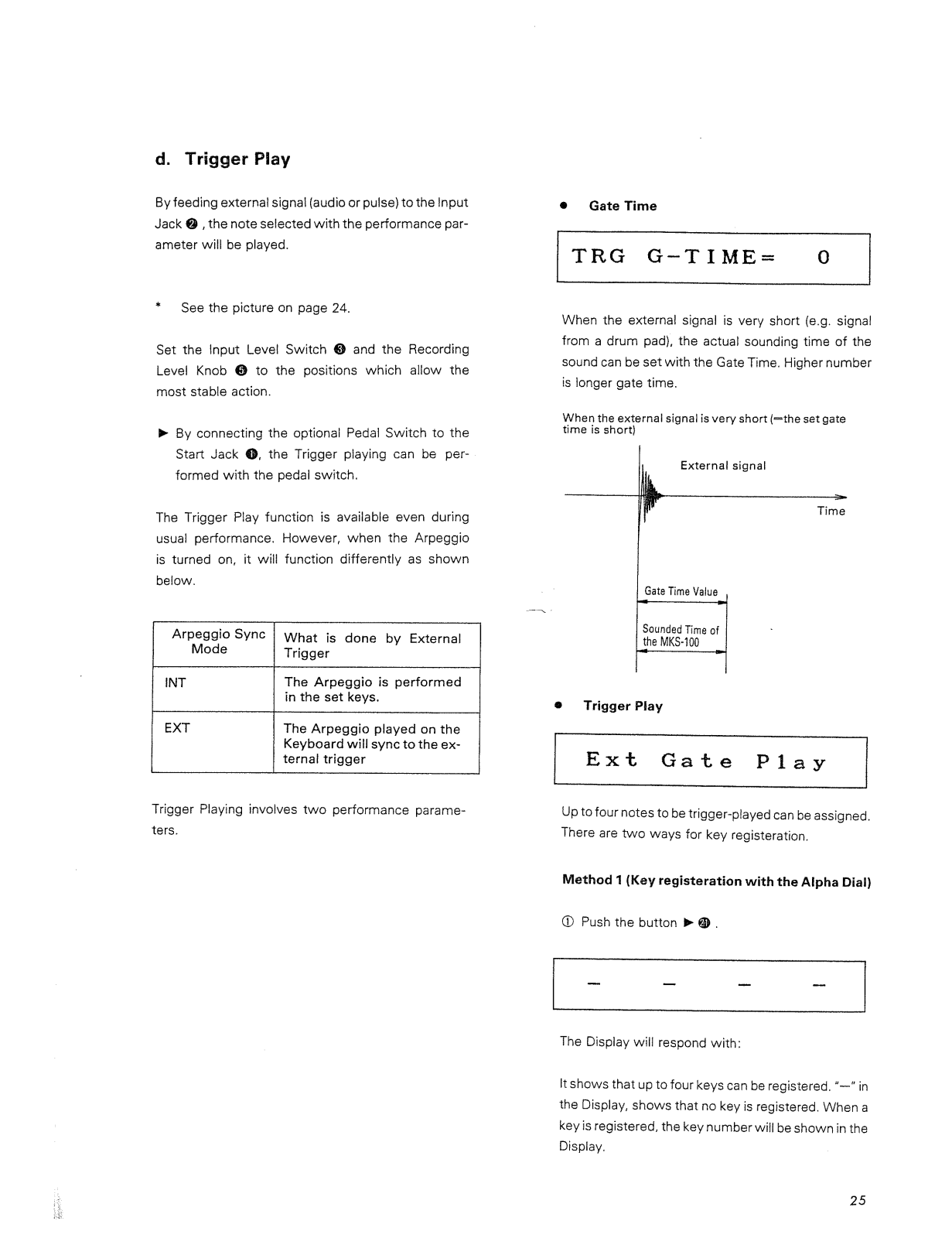
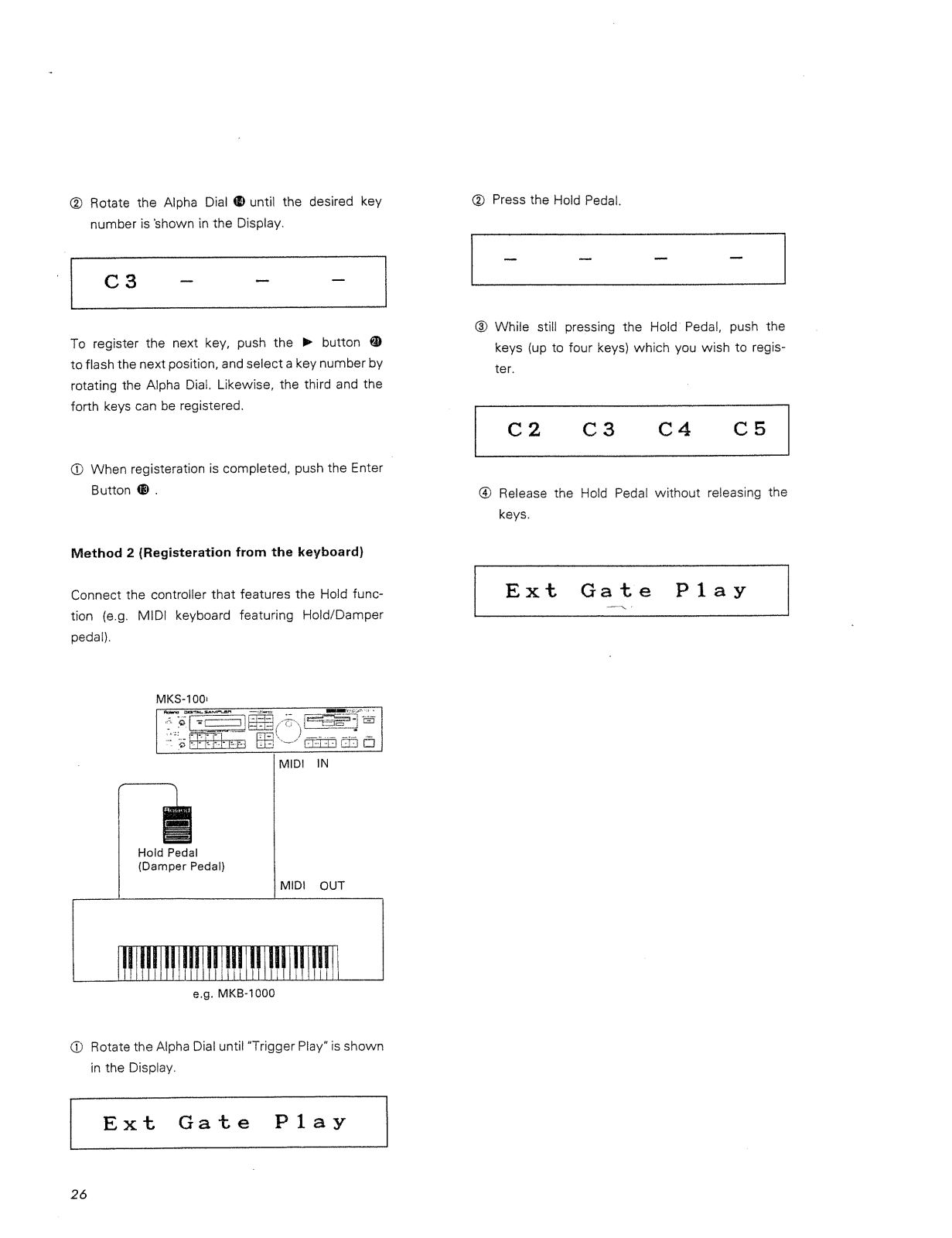


























































